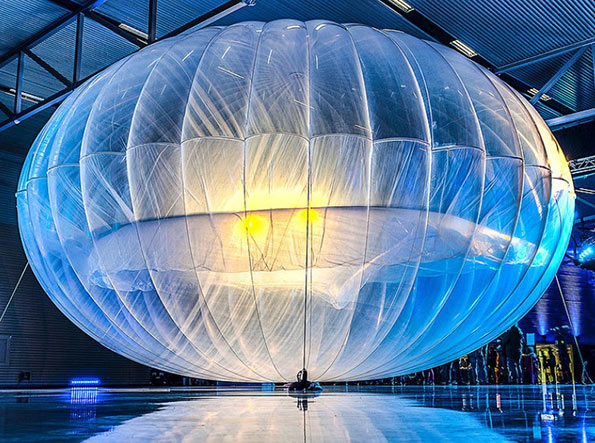Google Project Loon’s balloon falls in Pupuressa

The Google Project Loon’s helium-filled balloon which entered Sri Lankan airspace has fallen in Pupuressa area in Gampola, the police confirmed.
One of three balloons that would be used in the trials entered Sri Lankan airspace last Monday.
With “Project Loon”, the internet giant struggled to find the right balloon design that could be both inexpensive and durable not only to float but navigate to predictably travel through the stratosphere, the experts say.
The balloons, once in the stratosphere, will be twice as high as commercial airliners and barely visible to the naked eye. The balloons will have a lifespan of about 180 days, but can be recycled, according to Sri Lankan officials involved in the venture.
Sri Lanka became the first country in South Asia to introduce mobile phones in 1989 and the first to roll out a 3G network in 2004. It was also the first in the region to unveil a 4G network two years ago.
(Source: Ada Derana)
Latest Headlines in Sri Lanka
- AG halts recommendation on Lasantha murder case suspects February 13, 2025
- Adani Green Energy withdraws from $1 Billion wind energy project in Sri Lanka February 13, 2025
- Sri Lanka, Oracle discuss AI & Cloud Hub for Digital Future February 13, 2025
- Sri Lanka President urges global unity at World Governments Summit 2025 February 13, 2025
- Sri Lanka, India in talks to strengthen defence ties February 12, 2025



strange that this is designed to run for only 180 considering that the average life span of a satelite is about 5 years or more and will run on solar panels.
If this baloons are not tethered what are the chances that they will drift away during the 180 and those subscribing will be at a loss.
I think Google with all the money they have they ought to put a satelite into a stable orbit and service the whole of south asia with internet!
This must be false news. According to minister Harin Fernando’s public announcement last week, this balloon was “successfully landed” and not “fallen”.